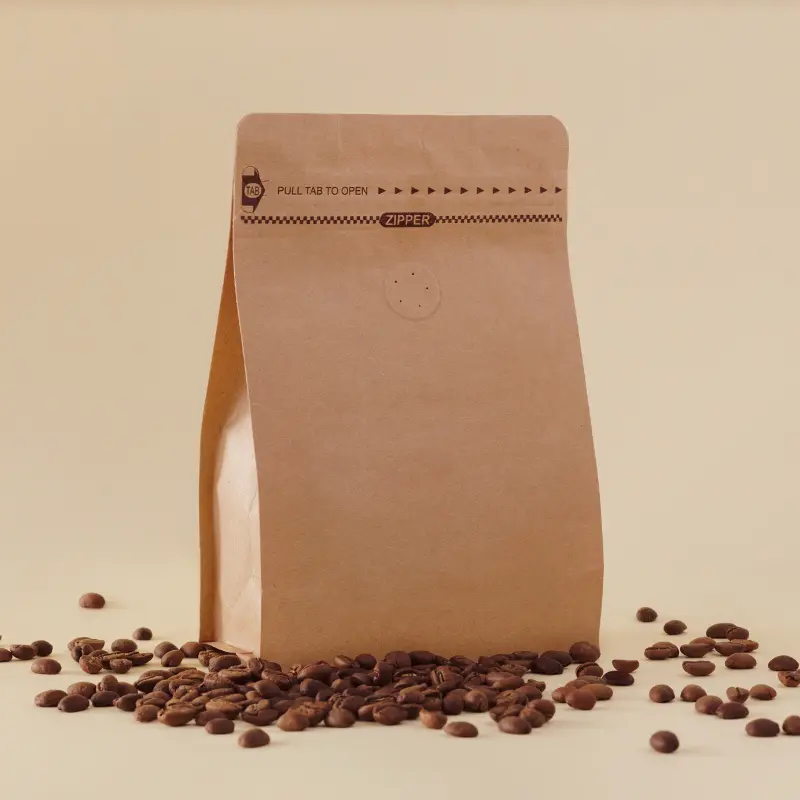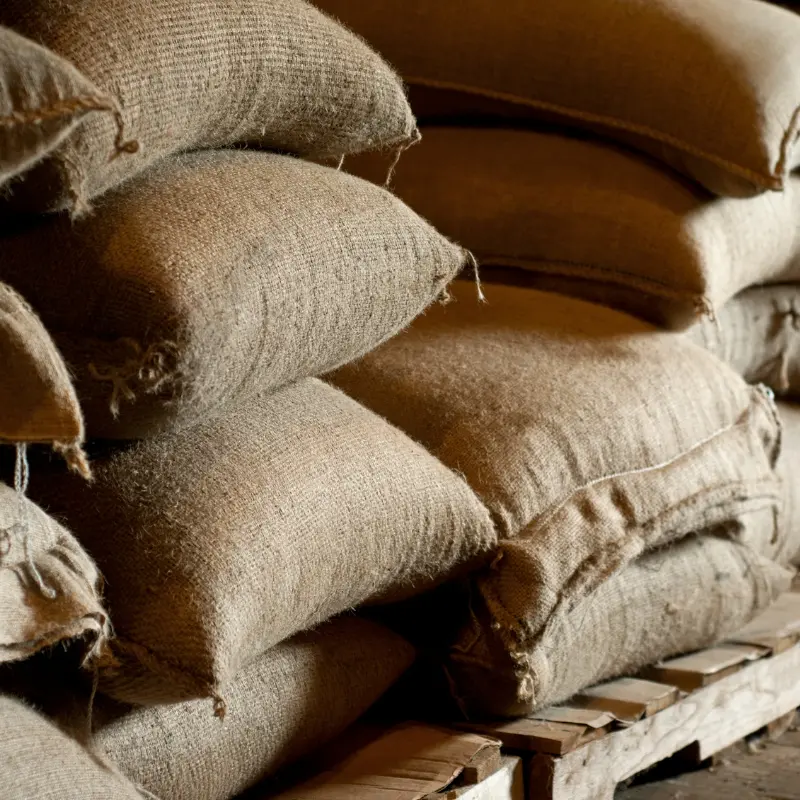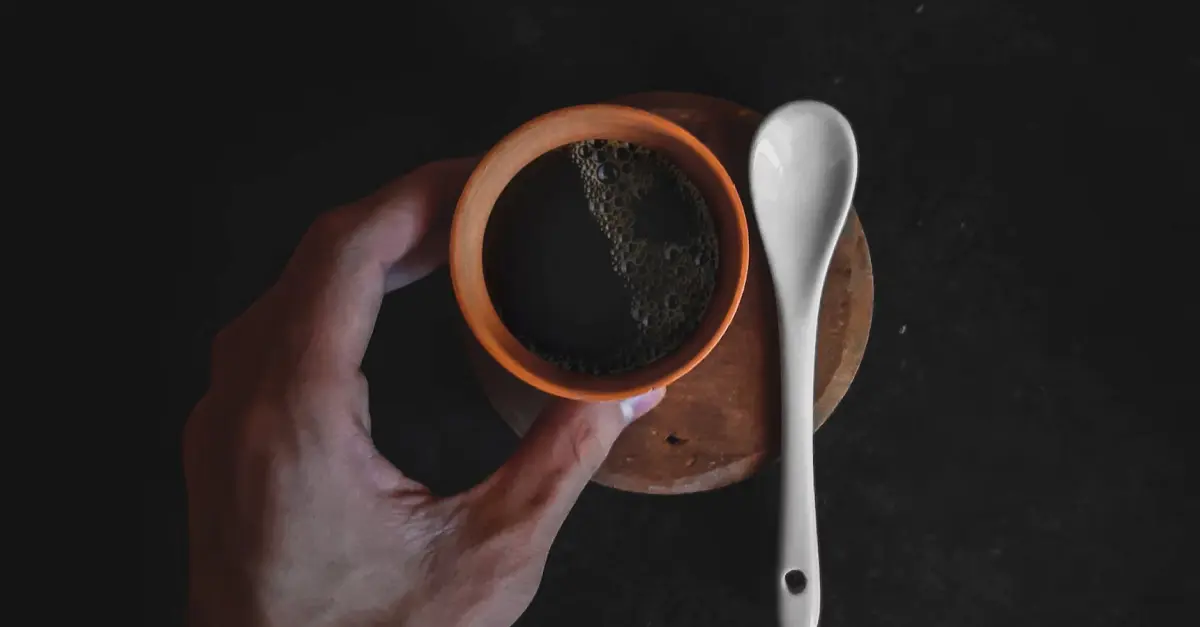What is Coffee Grading?Coffee, a beverage that has traversed centuries, continents, and cultures, is more than just a morning pick-me-up. From its historical roots in the Ethiopian highlands to the bustling cafés of Milan, it has shaped societies and economies. As connoisseurs hunt for the perfect cup, understanding coffee grades becomes paramount. Not only does it shed light on the quality and characteristics of the beans, but it also reveals stories of its origin, cultivation, and care. Delving into the intricacies of grading can help us appreciate every sip with a newfound depth.
Coffee grading is the systematic categorization of coffee beans based on various attributes, aiming to ensure consistency, quality, and transparency in the coffee trade. This process provides producers, traders, and consumers with a common language, simplifying trade and purchase decisions. The grading system evaluates attributes like size, density, defects, and even flavor profiles, determined through cupping (a standardized method of tasting and evaluating coffee flavor). In this study, they come to the conclusion that grading systems for coffee, vary worldwide, with some based on sensory evaluations by trained experts while others use traditional classifications, often prioritizing trade over standardized quality assessment. A prevalent belief in the coffee industry is that larger beans, due to their longer maturation time, often possess richer flavors.When you pick a bag of coffee off the shelf, the grade can provide insights into its journey, from the altitude it was grown at to the hands that processed it.
 ## The Factors that Determine Coffee GradesCoffee grades are determined by a variety of factors, each providing insights into the quality, flavor, and characteristics of the beans. Here’s a summary of the key factors:
## The Factors that Determine Coffee GradesCoffee grades are determined by a variety of factors, each providing insights into the quality, flavor, and characteristics of the beans. Here’s a summary of the key factors:
-
Size of the Bean: Beans are typically measured using screens to sort them by size.
-
Density of the Bean: The density can hint at the altitude and conditions where the coffee was grown. Beans grown at higher altitudes tend to be denser and are often sought after for their nuanced flavors, a result of slow growth in challenging terrains.
-
Defects: Defects can range from minor imperfections to significant damages. Factors like beans scarred by insects or those that are over-fermented can downgrade the grade. Such defects can considerably impact the resulting flavor when brewed.
-
Processing Method: The way coffee beans are processed, whether washed, natural, or honey-processed, plays a role in their grading. Each method imparts different flavors, textures, and aromas to the beans, contributing to their overall quality and appeal to various palates.
Understanding these factors can offer a more profound appreciation of coffee, giving consumers insights into the qualities of the beans they’re buying and the flavors they might expect.
Factor Description Size of the Bean Typically measured using screens that sort beans by size. Larger beans, due to their longer maturation time, are believed to possess more decadent flavors. Density of the Bean Indicates growing conditions. Beans denser at higher altitudes offer nuanced flavors, resulting from slow growth in challenging terrains. Defects Imperfections or damages, like being scarred by insects or over-fermentation, can downgrade a bean’s grade and impact flavor. Processing Method Methods like washed, natural, or honey-processed influence a bean’s grade. Each method provides distinct flavors, textures, and aromas. ## Different Grading Systems around the WorldCoffee grading systems vary around the world, often tailored to the unique growing conditions, coffee varieties, and trading practices of different regions. Here’s a summary of some prominent grading systems:
Central American countriesThe term SHB (Strictly Hard Bean) is used to define beans grown at higher altitudes, which typically have a denser and more desirable quality.
Colombia: This coffee powerhouse uses terms like ‘Supremo’ and ‘Excelso’ to differentiate beans based on size. Supremo beans are slightly larger than Excelso, but both are recognized for their high quality.
AfricaKenya: Grading is often based on bean size and quality, with designations like AA and AB. AA is typically reserved for the largest beans, which are often associated with the best quality, while AB is slightly smaller.
Tanzania: Uses a grading pattern similar to Kenya. The grades are determined based on bean size, with AA being the highest quality, followed by AB and so on.
Ethiopia: Ethiopian coffee grades are a bit more complex and might include classifications like Yirgacheffe, Sidamo, or Harrar, which refer to the coffee’s region of origin as well as its quality.
AsiaIndia: The Monsooned Malabar coffee undergoes a unique post-harvesting process where beans are exposed to monsoon rains and winds for several weeks, swelling the beans and imparting unique flavors. Its grading often reflects the quality post this process.
Indonesia: Given its archipelago nature, grading systems can vary, but they often focus on bean size and defect count. Terms like ‘Mandheling’, ‘Ankola’, or ‘Lintong’ might also refer to regional origins, as well as quality.
Other RegionsYemen: Yemeni coffee is traditionally classified by the region or village of origin, like Mocha or Mattari, but other factors like altitude and processing methods might also influence the grading.
Hawaii: Famous for its Kona coffee, Hawaii’s grading system considers bean size, shape, and the presence of defects. The top grades include Extra Fancy, Fancy, and Kona #1.
It’s worth noting that, in addition to these regional systems, there’s also a specialty coffee grading system used to evaluate the finest beans based on criteria like flavor, aroma, acidity, body, and balance. This system, often associated with specialty coffee associations, serves to highlight the best beans in the world and command premium prices.
Region Grading System Description Central and South America SHB (Strictly Hard Bean) Used in Central American countries to define beans grown at higher altitudes. Colombia Supremo, Excelso Classifications based on bean size with Supremo being slightly larger than Excelso. Africa (Kenya) AA, AB Grading based on bean size and quality, with AA being the highest. Africa (Tanzania) AA, AB Similar to Kenya, grades determined based on bean size. Asia (India) Monsooned Malabar Coffee undergoes a unique post-harvesting process, imparting unique flavors. Asia (Indonesia) Bean size and defect count Grading often focuses on size and defect count, with terms like Mandheling indicating regional origins. Yemen Region or Village of Origin Classifications like Mocha or Mattari refer to origin and quality. Hawaii Extra Fancy, Fancy, Kona #1 Grading considers bean size, shape, and defects.  ## How Coffee Grades Influence PriceCoffee grades don’t just narrate the bean’s journey; they significantly influence its market value. A higher grade often equates to a higher price point, reflecting its superior quality, fewer defects, and the intricate care it received during cultivation and processing. Specialty coffees, boasting unique flavors and graded to perfection, often fetch a premium in global markets. However, it’s crucial to note that while grade can guide price, external factors like market demand, geopolitical issues, and production costs can also play a part.
## How Coffee Grades Influence PriceCoffee grades don’t just narrate the bean’s journey; they significantly influence its market value. A higher grade often equates to a higher price point, reflecting its superior quality, fewer defects, and the intricate care it received during cultivation and processing. Specialty coffees, boasting unique flavors and graded to perfection, often fetch a premium in global markets. However, it’s crucial to note that while grade can guide price, external factors like market demand, geopolitical issues, and production costs can also play a part.
Coffee grades significantly influence the price of coffee beans in the market. Here’s how:
-
$12. $13. $14. $15. $16. $1
 ## Misconceptions about Coffee GradingWhile grading offers a window into a bean’s pedigree, misconceptions abound. A prevalent myth is that larger beans always translate to better flavor, overlooking other critical factors like altitude or processing. Another misconception is the equating of higher grades to universal taste preference. A high-grade bean might be technically superior but not cater to everyone’s palate. It’s essential to understand that grading is a tool, not an absolute determinant of individual preference.
## Misconceptions about Coffee GradingWhile grading offers a window into a bean’s pedigree, misconceptions abound. A prevalent myth is that larger beans always translate to better flavor, overlooking other critical factors like altitude or processing. Another misconception is the equating of higher grades to universal taste preference. A high-grade bean might be technically superior but not cater to everyone’s palate. It’s essential to understand that grading is a tool, not an absolute determinant of individual preference.Misconception Description 1 Larger Beans Equate to Better Flavor Size is just one component of flavor, which is influenced by factors like altitude, soil, and processing. 2 Higher Grade Always Means Preferred Taste A high-grade coffee might not align with everyone’s palate despite its technical superiority. 3 Grading is the Absolute Indicator of Quality Grading doesn’t cover every nuance. Factors like roast freshness, storage, and brewing methods also play a role. 4 All Grading Systems are Uniform Different regions may have unique grading systems, leading to potential confusion. 5 High Grade Guarantees Ethical Production A high grade doesn’t always indicate that coffee was produced ethically or sustainably.
 ## Practical Implications for ConsumersAs consumers stand before aisles brimming with coffee choices, understanding grades can be a guiding light. Recognizing the difference between a Kenyan AA and a Colombian Supremo can help determine which bean might cater to one’s palate or preferred brewing method. Beyond flavor profiles, knowing coffee grades can also inform purchasing decisions based on ethical considerations. For instance, specific grades might indicate shade-grown or bird-friendly beans, aligning with a consumer’s environmental or ethical values. Lastly, for those dipping their toes into home roasting, grasping these grades can assist in selecting beans that best suit their roasting ambitions. Knowledge is power, and it’s the power to enjoy a better brew in coffee.
## Practical Implications for ConsumersAs consumers stand before aisles brimming with coffee choices, understanding grades can be a guiding light. Recognizing the difference between a Kenyan AA and a Colombian Supremo can help determine which bean might cater to one’s palate or preferred brewing method. Beyond flavor profiles, knowing coffee grades can also inform purchasing decisions based on ethical considerations. For instance, specific grades might indicate shade-grown or bird-friendly beans, aligning with a consumer’s environmental or ethical values. Lastly, for those dipping their toes into home roasting, grasping these grades can assist in selecting beans that best suit their roasting ambitions. Knowledge is power, and it’s the power to enjoy a better brew in coffee.Implication Description 1 Informed Decision Making Understanding grades aids in selecting beans, especially when comparing different origins or processing methods. 2 Taste Preferences Grades can guide consumers to beans that match their taste or brewing preferences. 3 Ethical Considerations Some grades indicate cultivation practices, aligning with consumers’ environmental or ethical values. 4 Economic Value Grading knowledge can help assess the value for money, considering the quality and characteristics of beans. 5 Home Roasting For home roasters, grades assist in selecting beans that align with roasting preferences and desired flavors. 6 Broadened Exploration Knowledge of grading encourages trying beans from diverse regions, elevations, or processes. 7 Debunking Myths Understanding grading can help discern genuine quality indicators from mere marketing hype. ## ConclusionFrom the highlands of Ethiopia to the global coffee chains in urban cities, every bean has journeyed a fascinating path. Understanding coffee grades isn’t just about decoding labels or discerning price points; it’s about appreciating the art, science, and passion that go into every cup we savor. As we continue our coffee journeys, may we use the knowledge of grades to explore, experiment, and most importantly, enjoy this incredible beverage’s myriad flavors.




